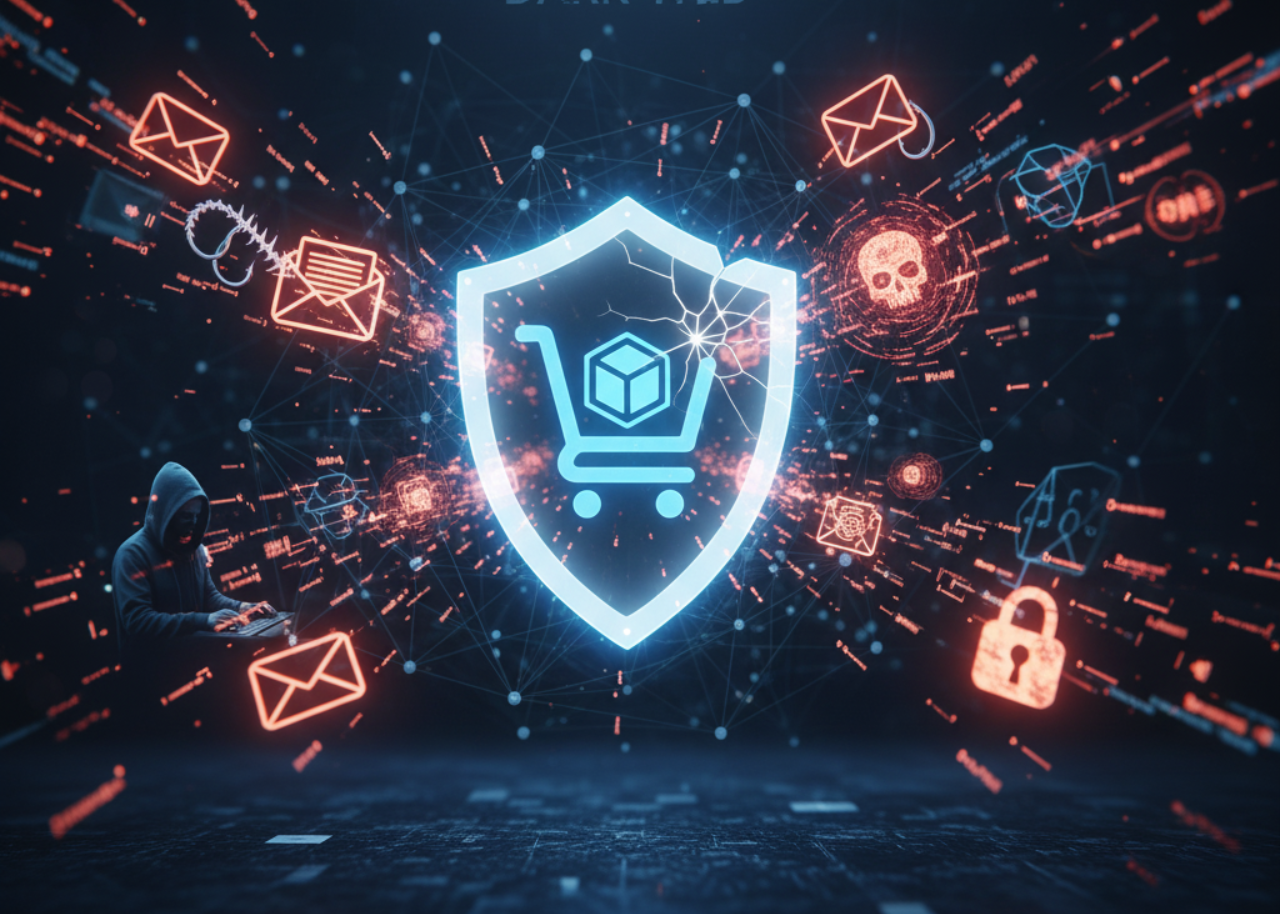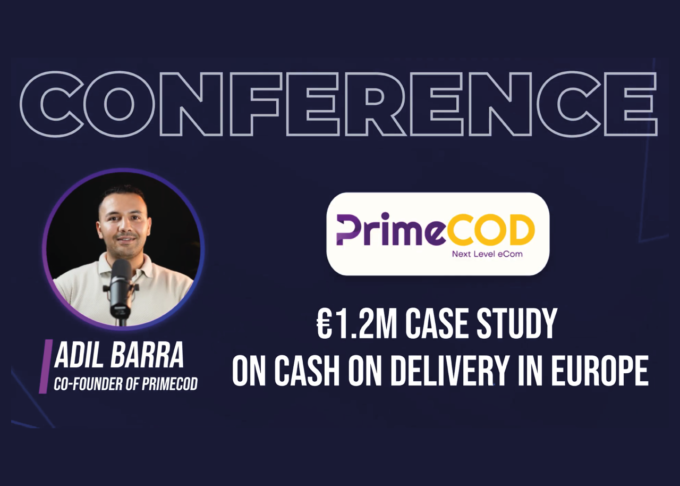The old way of thinking about Digital Commerce Cybersecurity – building a wall and hoping no one gets in – is no longer a safe bet for e-commerce. A smarter, more realistic strategy is to accept a simple truth: an attack is not a matter of “if,” but “when.” The real goal isn’t to stop every attack, but to be prepared for the ones that will eventually get through. This is the new, essential rule of e-commerce security.
Why just stopping attacks is a losing battle
E-commerce businesses are prime targets for cyber criminals. You handle sensitive customer data, process payments, and hold valuable information that hackers want. Relying only on traditional defenses, like firewalls and antivirus software, is a risky gamble. Here’s why:
- Hackers are always a step ahead. Cyber criminals are constantly finding new ways to bypass security measures. They exploit weaknesses in software, trick employees with clever phishing scams, and use new tools that no one has seen before.
- The cost of a breach is immense. A single successful attack can be devastating. It can lead to massive financial losses from stolen funds, severe fines from government regulators like those under GDPR, and lawsuits. Beyond money, it can permanently damage your brand’s reputation and destroy customer trust, which is incredibly difficult to rebuild.
- Every link in your chain is a potential weak point. A security breach can come from an insecure plugin, a third-party partner, or an employee who clicks on a malicious link. Your security is only as strong as your weakest link.
A modern security plan accepts this reality and focuses on building a business that can survive an attack.
Your strategy for when an attack happens
Moving from a prevention-only mindset to a resilience-first approach requires a strategic plan. It’s about being ready to act the moment something goes wrong. Here’s what that looks like in practice:
1. Find attacks as they happen
The moment an intruder gets in, your clock starts ticking. The faster you can find the breach, the less damage it can do. This means using technology that goes beyond simply blocking known threats. Your systems should be able to constantly watch for unusual activity on your network. Are files being moved in a strange way? Is an employee’s account trying to access data it never has before? Finding these subtle clues quickly is the first step to a fast recovery.
2. Have a clear and simple action plan
Chaos after an attack can make a bad situation much worse. A detailed, written plan is your guide out of the crisis. This plan must clearly define:
- Who is in charge? Assign specific roles and responsibilities to your legal, IT, public relations, and leadership teams. Everyone needs to know exactly what to do and when to do it.
- How do you contain the threat? Your plan should have clear steps to shut down the attack and stop it from spreading.
- How do you talk to people? Have pre-written messages ready for customers, regulators, and the media. Being transparent and fast is crucial for rebuilding trust.
3. Limit the damage with network protection
If a part of your business is hit, it shouldn’t take down the whole system. Think of your business’s network like a ship with separate compartments. If one section starts to flood, the doors close, and the rest of the ship stays safe. You can do this by separating your network and your data into smaller, secure zones. This prevents an attacker from moving freely across your entire business once they get in.
4. Test your defenses regularly
Don’t wait for a real attack to find out if your plan works. You should regularly hire security experts to act as “ethical hackers.” Their job is to try to break into your systems and find your weak spots. These exercises are not just about finding technical holes; they are about giving your team realistic practice in responding to a real threat.
Build a Resilient Future at EMECEXPO
The conversation around cybersecurity for e-commerce is evolving from simple prevention to smart resilience. This shift in thinking is critical for anyone doing business in the digital world. The question is no longer “Will we be attacked?” but “When we are, what is our plan?”
To build this plan and stay ahead of the threats, you need access to the latest strategies and expert insights.
Learn how to create a resilient e-commerce business at EMECEXPO. Join industry leaders, security experts, and innovators to discuss the future of digital security. Discover the tools and strategies you need to protect your business, earn customer trust, and build a plan for a future where you are ready for anything.
Don’t just prevent attacks; prepare for them. Secure your spot at EMECEXPO today!















